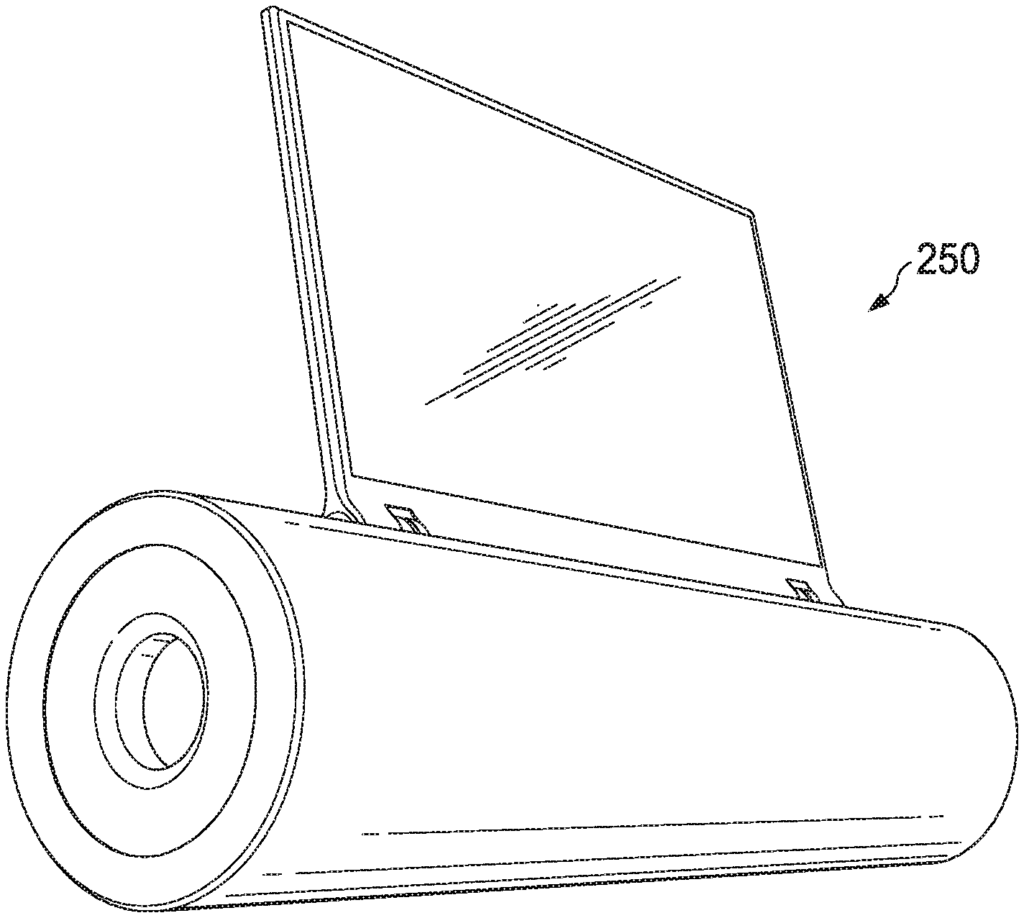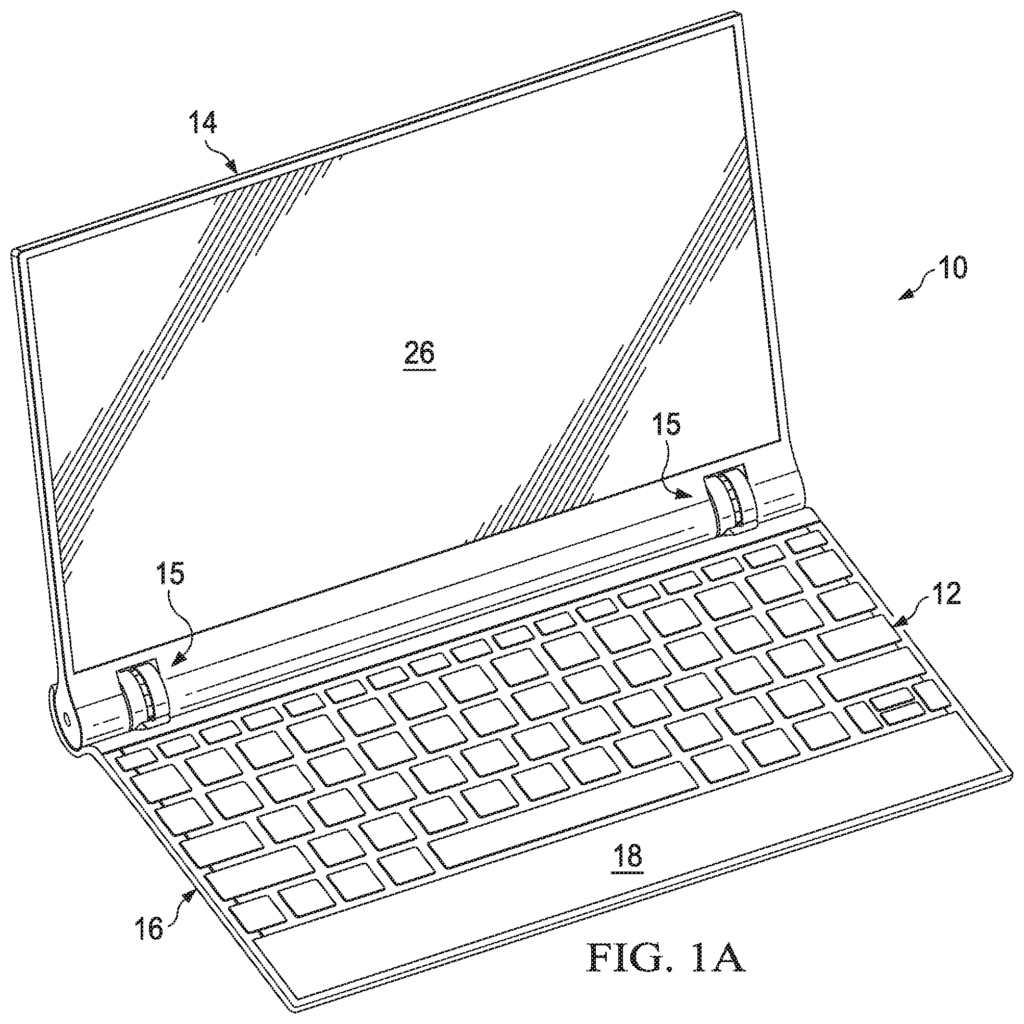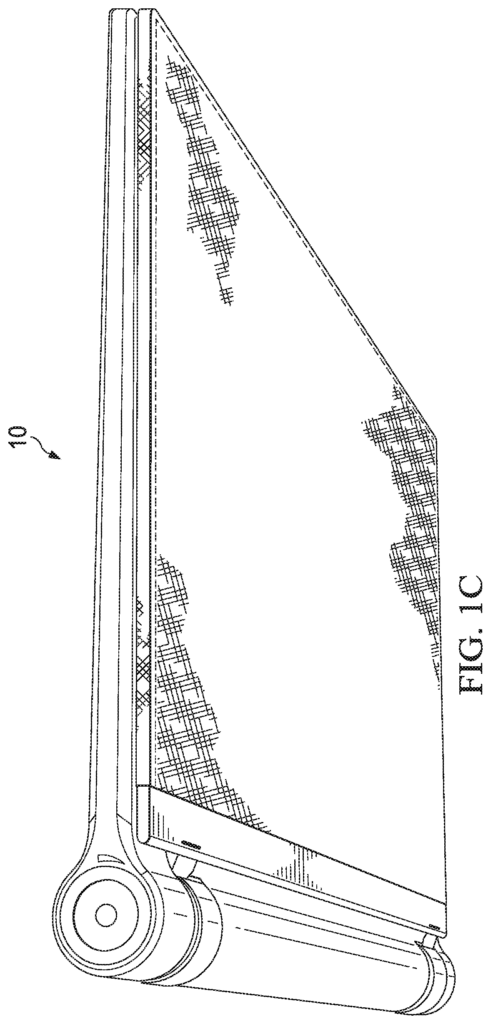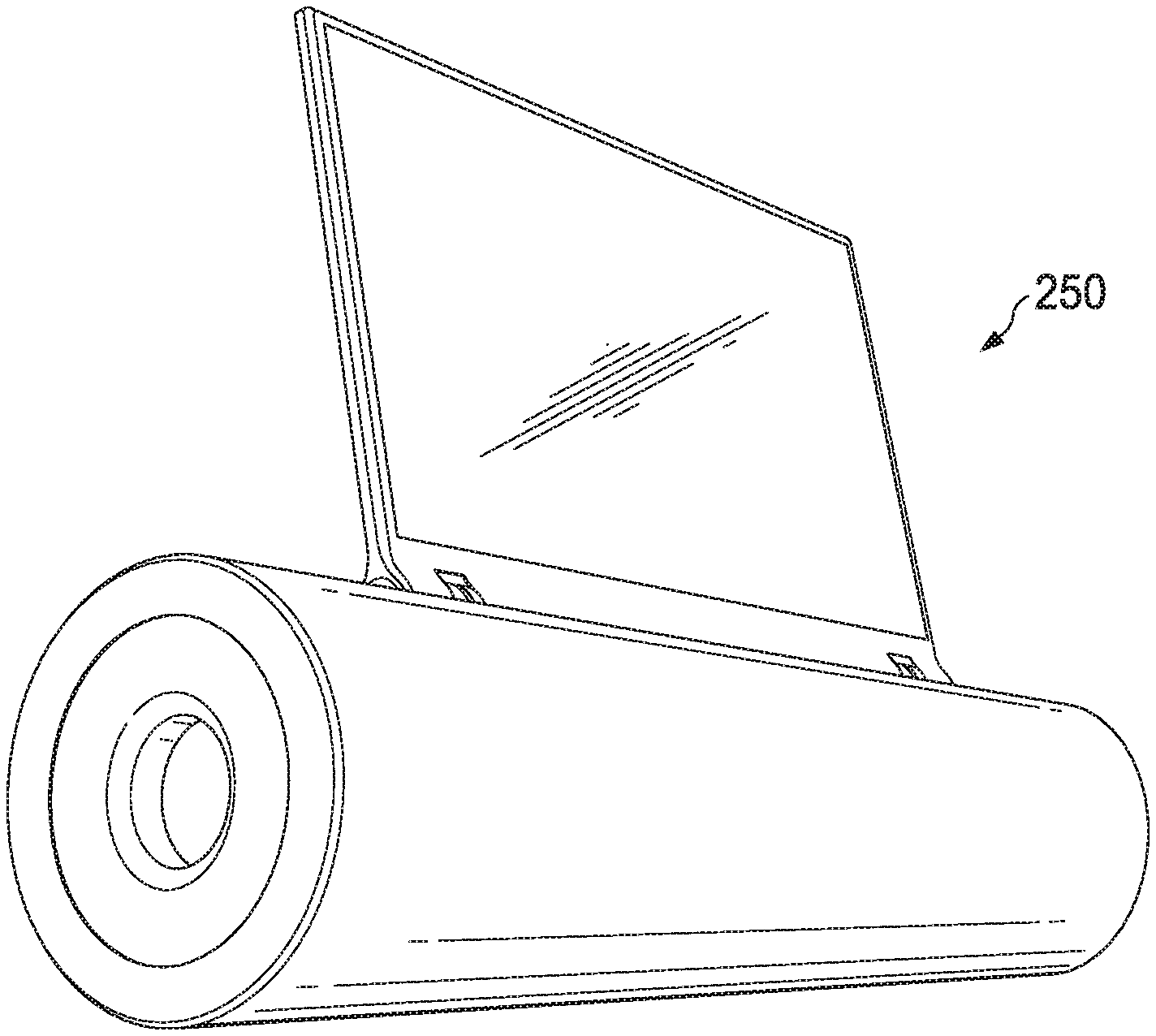Invented by Sameer Sharma, Douglas Satzger, Gadi Amit, Yoshikazu Hoshino, Chadwick Harber, Daniel Clifton, II Philip J. Houdek, Stanislav Moiseyenko, Nathan Jauvtis, Intel Corp
One of the key factors driving the market growth is the rising adoption of electronic devices in sectors such as automotive, aerospace, healthcare, telecommunications, and consumer electronics. These industries heavily rely on electronic devices for their operations, leading to a surge in demand for connector assembly solutions. For instance, in the automotive industry, connectors are used in various applications such as infotainment systems, engine control units, and sensors.
Moreover, the increasing trend of miniaturization in electronic devices is also fueling the demand for connector assembly. As electronic devices become smaller and more compact, the need for smaller and more efficient connectors becomes essential. Connector manufacturers are investing in research and development to develop connectors that can accommodate the shrinking size of electronic devices without compromising on performance.
Another significant factor driving the market growth is the rapid advancement in wireless communication technologies. With the advent of 5G and the Internet of Things (IoT), the demand for connectors that can support high-speed data transmission and connectivity is on the rise. Connector assembly solutions that can handle the increased data rates and provide reliable connectivity are in high demand.
Furthermore, the increasing focus on sustainability and energy efficiency is also influencing the market for connector assembly. Manufacturers are developing connectors that consume less energy and have a longer lifespan, reducing the overall environmental impact. Additionally, the use of recyclable materials in connector assembly is gaining traction, further driving the market growth.
However, the market for connector assembly for electronic devices is not without challenges. One of the significant challenges faced by manufacturers is the constant need to keep up with evolving industry standards and specifications. As technology advances, new connector types and standards are introduced, requiring manufacturers to adapt and upgrade their assembly processes.
Moreover, the market is highly competitive, with numerous players vying for market share. Manufacturers need to differentiate themselves by offering innovative and reliable connector assembly solutions to stay ahead in the market. Additionally, the presence of counterfeit and low-quality connectors poses a threat to the market, as they can compromise the performance and reliability of electronic devices.
In conclusion, the market for connector assembly for electronic devices is witnessing robust growth due to the increasing demand for electronic devices across various industries. The need for reliable and efficient connectors that can support high-speed data transmission, accommodate miniaturization, and promote sustainability is driving the market. However, manufacturers need to stay abreast of evolving industry standards and differentiate themselves to thrive in this competitive market.

The Intel Corp invention works as follows
The examples provided herein describe an electronic device such as a laptop or notebook that includes a board connected to multiple electronic components, including hardware elements and circuitry. The electronic device can also include a connecter assembly positioned in at least a part of the recess, the connector assembly including: a first component that receives a connector and a second component that receives an identification module to establish a link between the user and the device.

Background for Connector Assembly for an Electronic Device
The following detailed description provides example examples of devices, methods, or systems that relate to hinge configurations in an electronic device. As a matter or convenience, features such as structure(s), functions and/or characteristics are described in relation to an example implementation. However, various examples can be implemented using any one of the described feature(s).
Tablet devices and accessories have a minimal integration. Tablet devices, for example, typically have universal serial bus connector slots (USB), SIM card trays and audio jacks. These elements can take up valuable tablet space, and occupy internal space. Connectors tend to be located in places that aren’t ideal for discreet connections. To save space, it is best to consolidate or integrate elements. Usability and performance, as with all consumer electronics are paramount. “Connectors on computing devices should be designed to enhance user experience and not hinder it.
In one example, a USB connector and SIM assembly can be integrated into a small volume. The design can also provide a rigid cable assembly to connect the USB module with a tablet board. The design can also include a connector position on the device to enhance the usability. In one implementation, the USB connector/SIM assembly and the audio jack may include a rigid cable assembly that connects the module with the tablet board.
Specific examples described herein may also include an electronic device such as a mobile phone (or any other type of smartphone), a notebook computer (or Ultrabook? ), a laptop or any other electronic device with a circuitboard coupled to electronic components of any type (which can include any components, elements, circuitry etc.). The electronic device can also include a bottom portion and a upper portion that are coupled to the base at a hinge so that they can rotate between an opened configuration of electronic device and a close configuration of electronic device. (And hold positions relative to each other at points between open and shut). Some examples herein provide an effective hinge and docking ability that allows for an orientation flexibility and connection in order to allow a more comprehensive integration between an electronic device (e.g. a tablet), and an accessory (e.g. a keyboard or audio system).
The electronic gadget may also have a hinge assembly that allows it to be selectively secured (e.g. based on the desired configuration) to an accessory. The hinge assembly allows the top portion to rotate in relation to an accessory. The hinge assembly has one or multiple discs that receive segments of the accessory as it engages the hinge assembly to secure the top of the electronic device. In some examples, the wheel has disc-toothed teeth to receive one or more segments of the accessory to secure the top of the device to the accessory. The accessory can also include one or several rib segments that provide alignment when the hinge assembly engages the accessory. This increases the strength and stiffness of this part of the accessory. These rib segments may also serve as a focus for the magnets in the region. The accessory can also include a tooth (or multiple teeth) that provides resistance to rotational motions between the hinge assembly, and accessory. This allows them to maintain their relative positions, without the need for user interaction. The accessory can also include one or multiple magnetic bands which attract the rings in the top portion.
The accessory docking features do not use magnets in this example. The accessory can retain the device at the hinge connection by using the accessory engaging features on the electronic device.
In still other examples, a device with a hinge assembly is provided to selectively secure the top portion of an electronic device to an attachment. The hinge assembly allows rotation of the top part in relation to an accessory. It includes at least three snaps (or four, five, etc.). This is intended to provide a force that will hold the top part of the accessory in place. The power signals can be sent separately through the three pieces in the snap configuration. Alternately, power signals can run through the middle piece of a three-piece snapped configuration and the two outer pieces can be insulators. The accessory can include a keyboard with a side snap that is one piece. A plurality of slots are provided to allow independent movement of outer snap bands on the keyboard.
Connector Assembly for Electronic Devices
FIG. The simplified schematic diagram 1A illustrates an example of a device 10 configured in an open position in accordance with an example of the disclosure. Electronic device 10 can include a base 16 comprising keyboard 12 and touchpad 18 and a top 14 comprising display 26 and at least one disc 15. Display 26 can be supported or disposed on top portion 14 and/or within it. Display 26 can be, for example, a display that is either a LCD display, a LED display, an OLED display, a Plasma display, or another suitable display system.
In one or more cases, electronic device 10 can be a laptop or notebook computer. Electronic device 10 can be any display-equipped electronic device such as a smartphone, tablet computer, or tablet device (e.g. an iPad). ), a personal digital assistant (PDA), a smartphone (an i-Phone?, Android?, etc. Audio system, movie player, computer docking station, etc.

In general, the electronic device 10 offers a suitable grip to allow an end-user to manipulate base 16 (e.g. to separate it top portion 14). Electronic device 10 can also include multiple discs 15, which allow for an integrated accessory solution that is detachable from a mechanical, electrical and aesthetical perspective. The accessory band can be designed to provide magnetic and mechanical lead-in guidance, as well as attraction force during docking. Electronic device 10 can also use a mechanical snap in feature to attach, retain and detach accessories. Electronic device 10’s power can be isolated physically from its chassis or integrated into one or more disc assemblies. Electronic device 10 also offers docking, which allows data and/or power to be transferred between the device (e.g. keyboard) and accessory. The electronic device 10 also offers a space-saving integration of a clutch system that is located inside the volume of disc feature. Also, electronic device 10 offers a better range of motion when the device’s orientation is in laptop mode.
The “Electronic Device 10” may also include a mid-portion that is located between the base portion 16 of the device and its top portion 14. The middle portion can aesthetically cover (or be near) a portion or multiple hinges 15, which are located between base portion 16 & top portion 14. Hinges 15 may define a shared axis for rotation between top portion 14 and base portion 16. “In one example, the base portion 16 is hingedly connected to the top portion 14 via one or multiple hinges 15.
In the specific example shown in FIG. Electronic device 10 is a thin, sleek tablet with a touch-screen (e.g. a 10-inch screen), and an attachable keyboard accessory that can be detached and reattached. Electronic device 10 is an integrated device which can have a keyboard and display section. The display section contains a main logicboard and barrel-installed batteries. The hinge mechanism also allows the keyboard to attach the display section in two different orientations, with the display facing either inward or outward. This mechanism allows a user to choose from multiple configurations (possible modes), including a movie mode, a tablet mode, a laptop mode and a closed mode. These configurations will be discussed in detail below, with various FIGURES to illustrate the capabilities of electronic device 10.
The keyboards available today for tablets are not suitable to use with the magnetic keyboard. Typing on glass can be uncomfortable from an ergonomic standpoint, and Bluetooth keyboards tend to be thick and cumbersome. The keyboard for the electronic device 10 is a better alternative to these flawed systems. It can replicate a traditional computer keyboard. From the user’s perspective, the keyboard travel is similar to a standard computer keyboard. (e.g. travel may be 0.5 mm, compared to 2.5 mm for a traditional keyboard, but it feels the same). There is also enough space between the keys so that touch-typers can distinguish between them for better touch-typing.
In one example, the keyboard would be ultra-thin (3.30 mm), ultralight (275 grams), and with enough keyboard band stiffness to act as a cover for a tablet. The keyboard can be constructed from a laminate that replicates the touch-typing experience of a computer keyboard by using variations in key shapes and magnets. To account for the thinner sides of the keyboard, the keyboard edge key may be pivotable on one end and may also have magnets on only one side, in one example of the disclosure. The keys may be any type, such as toggle keys with an arrow key that combines four keys that are not able to move diagonally. Magnets can be placed at different locations on the keyboard, such as away from the middle of the keys.
In use, the space between keys on the keyboard allows a touch typer to distinguish easily between keys using their fingers. Edge keys are designed to accommodate thinner sides. They can also be equipped with different magnet configurations. A configuration of edge keys allows the keys to hang off the edge of the base support to accommodate keyboard devices with thinner sides. Magnets can be positioned in a way to reduce the toggle effect. The arrow keys are used to configure the toggle key.
Thunderbolt? Connectors, WiFi connectors or a non-standard connector such as a docking plug, for example) A plurality of antennas may be provided in conjunction with the electronic device 10. [Thunderbolt? Thunderbolt and the Thunderbolt Logo are trademarks or registered trademarks of Intel Corporation. The antennas reflect electrical components which can convert currents to radio waves. The antennas are often used in conjunction with WiFi, Bluetooth, 802.11, small cell deployments and other wireless technologies.
In an example, the board of electronic device 10 (e.g. a motherboard), is a general-purpose circuit board which can contain various components of its internal electronic system. These components can include a central processor (CPU), memory, etc. The board can be coupled to one or several connectors to allow for other peripherals to be used by an electronic device 10 user. The board can also provide electrical connections that allow the other components to communicate with each other.
Any processors” (including digital signal processors and microprocessors as well as supporting chipsets) is a general term that includes all processors. Memory elements, processors (including digital signal processors, microprocessors and supporting chipsets), etc. The board can be coupled according to specific configuration requirements, processing needs, computer designs, and so on. Other components, such as controllers for video, sound and peripheral devices, can be connected to the board via cables or integrated directly into the board.
Note that specific examples of the disclosure can easily include a central processing unit (CPU), system on chip. SOC is an integrated circuit that integrates the components of a computer system or electronic device into one chip. It can contain digital, mixed-signal and radio frequency functions, all of which are available on a single substrate.

Click here to view the patent on Google Patents.

Leave a Reply